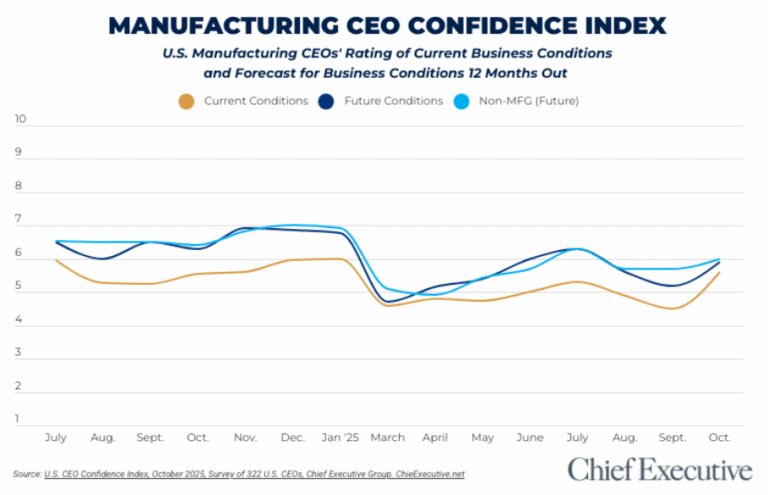
When Should A CEO Dismiss A Leadership Team Member? 4 Reasons For Change


When Sara Mella stepped into her new role as head of personal banking at Nordea, the largest Nordic bank, she faced a challenging task. Her mandate was to integrate a sprawling team of senior bankers working across various markets. Despite a distinguished banking career that led to her appointment, Mella faced a tall order, as her new team was fiercely independent and used to working autonomously.
Banking is an intensely competitive industry, where ultracompetitive individuals are celebrated while teamwork—beyond what’s absolutely necessary—is the exception rather than the norm. Mella reflected on her experience, noting:
When I came to this position, there was an existing team. There were very strong individuals and experts, but there were also many strong egos.… There were some individuals that were often colliding and hitting heads against each other.
Mella’s experience isn’t unique; it’s one that mirrors what many newly appointed CEOs and executives encounter. In most situations, a new CEO or executive steps into the role to find an existing team their predecessor chose.
In such circumstances, a rigorous assessment of the team becomes a top priority. How well do members fit the future roles? Do they meet their responsibilities?
Adel Al Saleh, CEO of T-Systems and a board member at Deutsche Telekom, provides his perspective: “You make a general assessment of the team. How good are they? How motivated? Where are their strengths and weaknesses?”
While this evaluation seems like a natural step for any incoming leader, we argue that this process should be formalized to ensure transparency, fairness and thoroughness.
Take the case of Nokia. Stephanie Werner-Dietz, Nokia’s former chief people officer, explains how they determined the company’s process:
First, we developed a new mode of operation and defined what the new positions would be. Then we decided what capabilities would be required to make that position successful. And then we interviewed [the candidates]…. Every candidate including the incumbents and even our [new] CEO, Pekka Lundmark, went through an assessment.
This type of formalized approach helps to eliminate biases and ensures all team members receive equal consideration.
When determining which team members might need to be replaced, we propose four key considerations.
1. Incompetence. The first, and perhaps the most apparent, criterion is incompetence. A new leader needs to identify leadership team members who lack the requisite skills and capabilities for the future roles and the leader’s vision—and don’t show the potential to acquire them within a reasonable timeframe.
For instance, if a company is steering toward a new digitalization strategy and a team member is tech-illiterate, replacement becomes a necessity.
2. Signaling the need for change. Replacing select leadership team members also signals change within an organization. This strategy is particularly useful when a leader must move the organization in a new direction or instill a shift in mindset.
An example of this can be seen in the actions of Thierry Delaporte, CEO and managing director at Wipro. Upon his appointment, Delaporte sought to increase his leadership team’s diversity. The replacement of team members was not only based on skills and competencies but also aimed at signaling a departure from the past. With his new team in place, Delaporte ushered in a new era of increased diversity.
3. Disruptive high performers. High performers are undoubtedly assets to any organization, but they can become liabilities when they fail to align with the corporate direction. These individuals may harbor negativity, spread rumors, and create discord within the team, which ultimately undermines morale and productivity.
Identifying and replacing these toxic individuals is often needed to break any resistance to change and create a more harmonious and collaborative environment.
4. Personality misfits. Finally, personality clashes may require change. Team members must work cohesively, and a CEO needs to be able to trust their leadership team members. Without such trust, leadership teams will quickly find themselves in a dysfunctional environment. In these situations, the leader should consider replacing team members.
How swiftly should a leader implement these changes? Toxic individuals should certainly be removed promptly to prevent the spread of negativity. But as for the rest, a prudent leader should set aside adequate time for evaluation. As Adel Al Saleh suggested to us, this process could take anywhere from six months to a year, primarily because understanding how each member translates ideas into execution requires deep operational engagement and keen observation.
After all, a leader needs to discern between sycophants and those who contribute to the organization through constructive debate and feedback. Effective leadership isn’t about surrounding oneself with agreeable personalities; it’s about building a resilient, dynamic team that can translate vision into reality. Even in the face of difficulty, leaders must strive to retain those individuals who might challenge the status quo and bring forth innovative ideas and perspectives that drive the organization forward.
Leadership, ultimately, is as much about managing individuals as it is about managing the business.



0

1:00 - 5:00 pm
Over 70% of Executives Surveyed Agree: Many Strategic Planning Efforts Lack Systematic Approach Tips for Enhancing Your Strategic Planning Process
Executives expressed frustration with their current strategic planning process. Issues include:
Steve Rutan and Denise Harrison have put together an afternoon workshop that will provide the tools you need to address these concerns. They have worked with hundreds of executives to develop a systematic approach that will enable your team to make better decisions during strategic planning. Steve and Denise will walk you through exercises for prioritizing your lists and steps that will reset and reinvigorate your process. This will be a hands-on workshop that will enable you to think about your business as you use the tools that are being presented. If you are ready for a Strategic Planning tune-up, select this workshop in your registration form. The additional fee of $695 will be added to your total.

2:00 - 5:00 pm
Female leaders face the same issues all leaders do, but they often face additional challenges too. In this peer session, we will facilitate a discussion of best practices and how to overcome common barriers to help women leaders be more effective within and outside their organizations.
Limited space available.

10:30 - 5:00 pm
General’s Retreat at Hermitage Golf Course
Sponsored by UBS
General’s Retreat, built in 1986 with architect Gary Roger Baird, has been voted the “Best Golf Course in Nashville” and is a “must play” when visiting the Nashville, Tennessee area. With the beautiful setting along the Cumberland River, golfers of all capabilities will thoroughly enjoy the golf, scenery and hospitality.
The golf outing fee includes transportation to and from the hotel, greens/cart fees, use of practice facilities, and boxed lunch. The bus will leave the hotel at 10:30 am for a noon shotgun start and return to the hotel after the cocktail reception following the completion of the round.